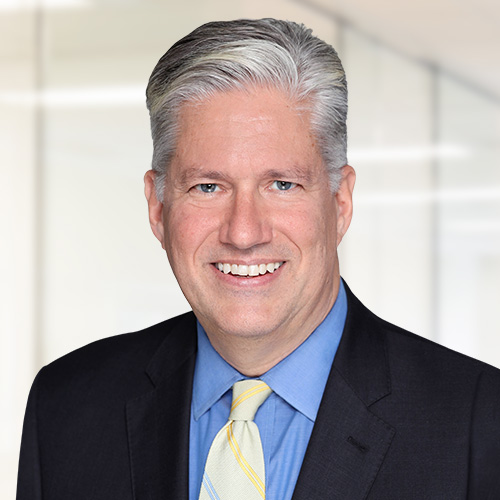Commentary
Corporate succession planning
October 6, 2022

One of the more intricate events that shareholders must assess is a change in CEO or senior management. Turnover is a reality even at the executive level: every year between 10 and 15% of corporations must appoint a new CEO, a number that is steadily increasing as investors become more actively engaged. The average tenure of an American CEO fell by half to an average of five years between 2000 and 2014. Multiple studies on the matter show how the lack of preparedness for a CEO change is costly to investors.
Despite all this, research shows that most boards are ill-prepared to deal with the transition. A survey of 140 public and private companies by Stanford researchers concluded that at least half of the CEOs surveyed were unable to name their successor, should the need arise now. Furthermore, four in ten companies had no one who could immediately replace the CEO internally. This challenge is compounded further by the changing employment landscape where role and employer changes are more frequent. The typical executive today is expected to work for more than five employers during their career, compared to fewer than three in the 1980s.
It is worth noting that the lack of a successor pipeline also means that underperforming CEOs are kept in their roles longer than they should. This creates a potential conflict of interest for CEOs, where there might be an incentive not to have a clear successor to give them leverage with the board. Given the packed governance agendas, this topic has taken a backseat, but can be just as impactful as any other governance issue.
So how does Global Alpha assess CEO changes within its portfolios? There is no one-size-fits-all approach. Understandably, it is difficult to create a policy that would account for all the factors, including the reason for the CEO’s departure, the state in which the departing CEO leaves the business, insider/founder ownership, etc. Nonetheless, Global Alpha’s idea of a successful succession scenario for its holdings includes but is not limited to the following characteristics:
- The event is anticipated: The process taking place over a long period not only provides clarity and reassurance to investors, but also implies that this is not the result of a scandal or loss of confidence in the CEO.
- There is a framework in place: CEO succession is (hopefully) not something that happens regularly. Nonetheless, there needs to be an existing framework that prepares potential successors, even if no transition is expected in the near future. Clear communication of the processes also helps setting expectations for the potential successors. It is estimated that only 50% of companies provide onboarding or transition support to new CEOs.
- The successor(s) is internally groomed: External candidates are not necessarily worse, but are on average paid more disproportionately and do not benefit from the same knowledge transfer compared to a candidate who was groomed internally over multiple years. Trending upward, roughly 25% of companies looking for a CEO replacement hire externally.
- The business strategy remains consistent: We invest in companies whose business model we believe in. Although we do not see issues with small shifts in tactics, the overall business strategy should be consistent.
One of the benefits of operating in the global small cap universe is that the CEOs of the companies we invest in are often also the founders. By having more “skin in the game” than an appointed CEO, they also have a vested interest in ensuring a successful transition for their own legacy. Additionally, founders often go on to be board members following the appointment of their successor, which is another way of ensuring that the knowledge and expertise are still available to the new management.
Loomis, a holding in our international and global strategies, is a recent case study in CEO transition. Headquartered in Sweden, the company offers cash management services and transit to banks and retailers. Patrick Andersson, its CEO since 2016, announced his resignation from the role in early 2022 along with his intent to quit within the next year. Within a month, the board was able to replace him with an internal candidate named Aritz Larrea who had been with the company since 2014 in various roles, such as President of Loomis US and Loomis Spain. In addition, Larrea was already a part of Loomis’ executive management team. Despite the abrupt nature of the CEO’s resignation, investors noted a strong internal pipeline, as well as a framework in place to ensure continuity, without having to either hire externally or resort to an interim CEO.







